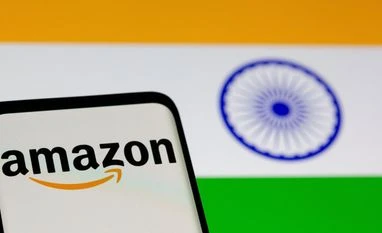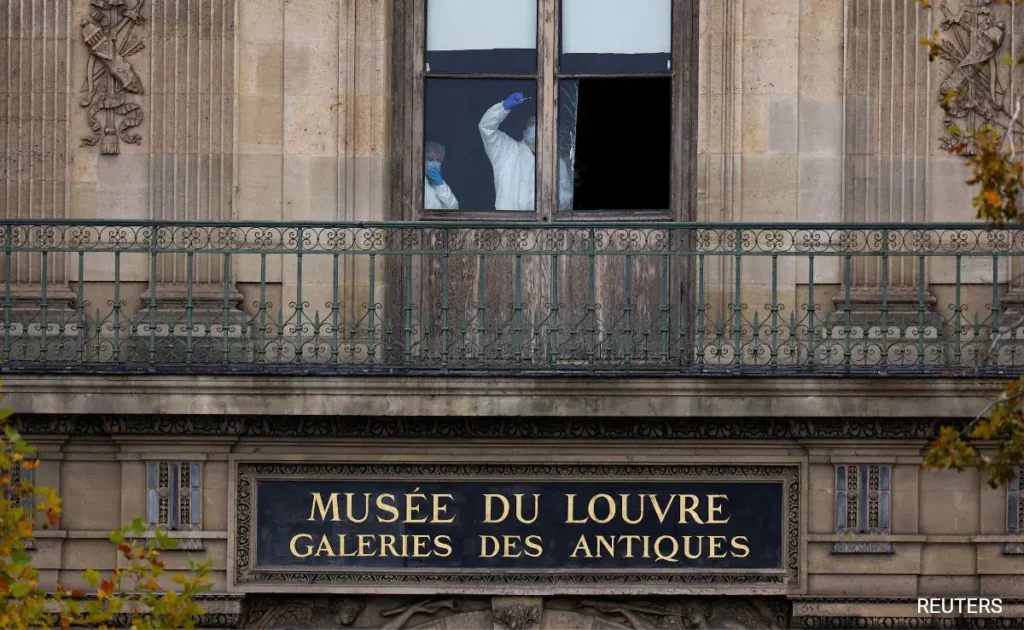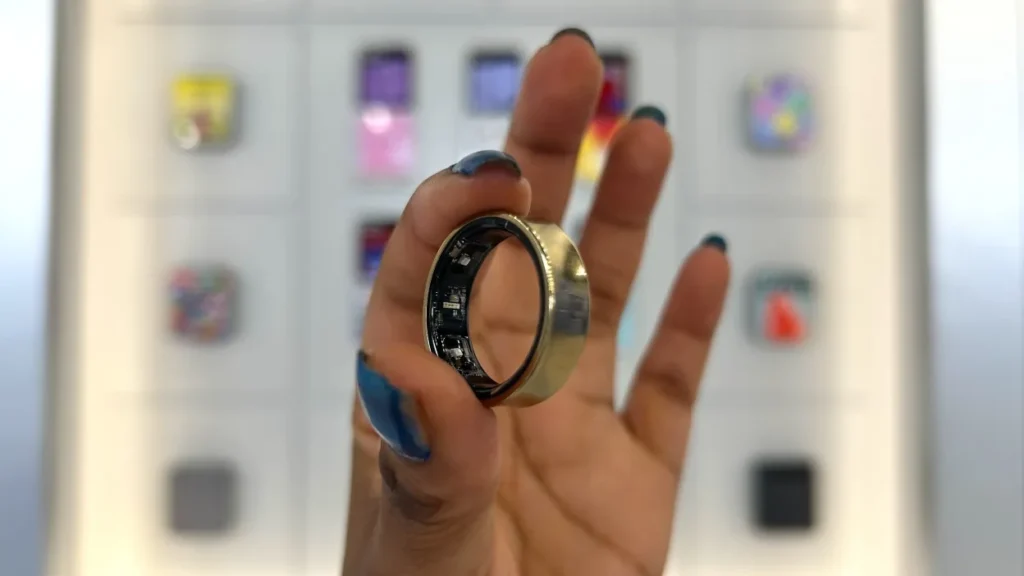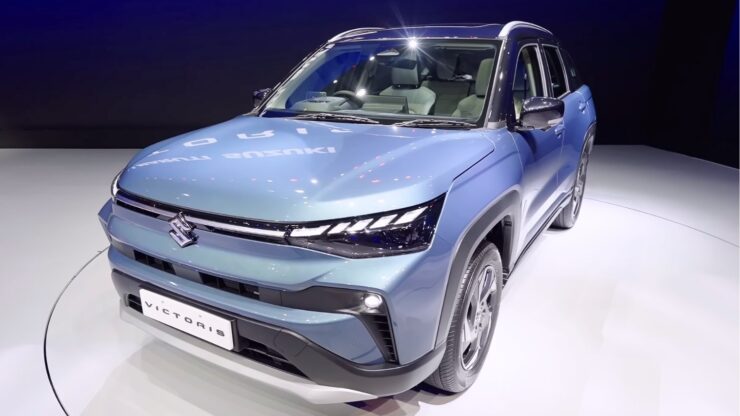Now Reading: The Real Cost of Owning a Vehicle in India: What Most People Don’t Calculate
-
01
The Real Cost of Owning a Vehicle in India: What Most People Don’t Calculate
The Real Cost of Owning a Vehicle in India: What Most People Don’t Calculate
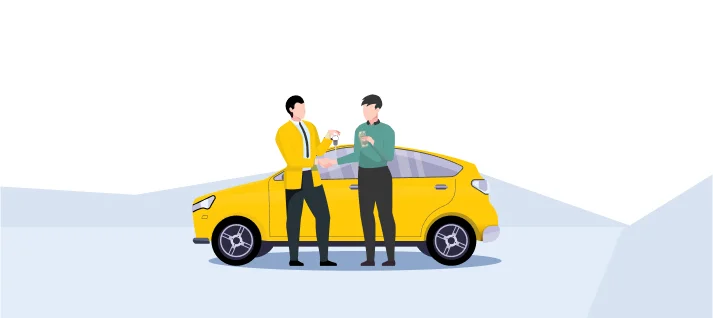
Buying a two-wheeler or car is a big milestone for many Indians, especially in Tier 2 cities. It signals independence, mobility, and often, social status. But while the purchase price is known upfront, the actual cost of owning a vehicle doesn’t end there. In fact, it begins there. There are several hidden and recurring expenses that most people don’t account for—and they add up fast.
Fuel and Daily Running Costs
The biggest ongoing expense is fuel. With petrol and diesel prices fluctuating between ₹90–₹120 per litre in many cities, commuting daily—even within a 10–15 km radius—can cost ₹3,000–₹6,000 a month depending on the vehicle type.
Electric vehicles reduce this cost, but their charging infrastructure and battery maintenance bring their own challenges.
Insurance and Renewals
Every vehicle must be insured annually. Basic third-party insurance is cheaper but doesn’t offer much coverage. A decent comprehensive plan with zero depreciation, roadside assistance, and accident protection can cost ₹5,000–₹20,000 a year.
Missing renewals leads to penalties and leaves the owner financially exposed in case of an accident.
Servicing, Repairs, and Wear-and-Tear
Regular servicing isn’t optional—it’s necessary. Even budget-friendly vehicles need 2–3 services a year, costing ₹2,000–₹8,000 per visit.
Then there are repairs: brake pads, tyres, battery replacements, AC servicing, clutch issues. Over five years, these add up to a significant amount most people don’t plan for when buying a vehicle.
Parking and Fines
In many Tier 2 cities, paid parking is becoming common in crowded areas, markets, and apartment complexes. Monthly parking charges can range from ₹500–₹2,000.
Add to that occasional traffic fines or towing penalties for wrong parking, which easily burn a hole in the wallet.
Loan EMIs and Interest
If you’ve taken a car or two-wheeler loan, interest adds a hidden layer to your cost. A vehicle worth ₹6 lakh may end up costing ₹7.2–₹7.5 lakh after 5 years of EMI payments.
People often ignore this extra ₹1–₹1.5 lakh while calculating the “real price” of their vehicle.
Depreciation and Resale Value
The moment a new vehicle leaves the showroom, its value drops. After 3–5 years, expect resale prices to be 40–60% lower. Many owners are shocked by how little their car or bike fetches in the second-hand market.
Luxury vehicles lose value faster, while basic models may hold better resale depending on market demand.
Conclusion
Owning a vehicle in India isn’t just about the showroom price. From fuel and insurance to servicing and EMIs, the true cost is much higher than it appears on paper. For buyers in smaller cities where incomes are modest and rising expenses can hit hard, understanding these hidden costs is crucial. It’s not about avoiding ownership—it’s about making an informed, realistic financial decision before turning that key.





